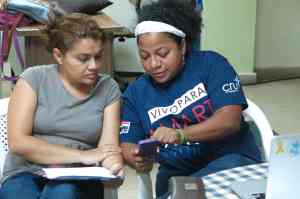Key Development Assignments (KDAs) are a key element in our Position Focus conversations, the Staff Development Cycle and our Leadership Pipeline Process. We also call KDAs “STRETCH” assignments”. Here is a creative and helpful explanation of what that means.
S – Specific and Strategic – Developmental assignments should be laser focused. What exactly do you want your team member to learn or do or do differently? Also, whenever you can make the assignment connected to achieving a critical mission objective (from your strategic plan), the better it will be for helping achieve the team goals.
T – Time bound – The best KDAs include a start and stop date. When exercising, you cannot work out continously without your body breaking down. You need time to rest after you have exerted yourself. Stretch assignments work the same way. Because you are asking the individual to do something that is uncomfortable, you may want to build in appropriate down time also.
R – Relevant – Stretch assignments need to be relevant to the person who is working on it. Does it help them grow in the current role or help him/her get ready potentially for a future job or role? A stretch assignment that isn’t relevant to a development plan runs the risk of feeling like a task has been dumped on the person for no reason.
E – Empower – Team members perform best when they feel ownership for the developmental assignments. As the team leader, you determine the assignment as part of their development plan, but that doesn’t mean you need to tell them exactly how to accomplish the assignment. Team members can take their own path to accomplishing a goal. Good leaders trust their team members to get to the goal and give guidance only when it’s needed.
T – Targeted – Above I mentioned the strategic element, meaning the assignment is focused on an organizational goal. Targeted means there is a specific competency or skill you want your team member to develop. The two pieces go hand in hand. When a good KDA reflects a specific development goal (for example, improve public speaking skills or lead in strategic planning), you can easily measure – and celebrate – progress at the end-of-year review.
CH – Challenge – For growth to happen, there has to be challenge built into the assignment. Assignments that are ordinary and routine can bore your team members. On the other hand, assignments that stretch them too much run the risk of burning them out and frustrating them. The better you know your team members, the easier it is to choose assignments that have the appropriate amount of challenge to launch their development.
What is an excellent STRETCH assignment you have given or received for development?
**This list was adapted from an article called “Six Keys for Developmental Stretch Assignments” from On Target Talent.
To learn more about Key Development assignments, you might also like: Understanding Key Development Assignments and Key Development Assignments










4 думки про “Key Development Assignments (KDAs) that “STRETCH””
Love this! Really helpful check for me as i think about developmental assignments! Thanks!
Thanks, Paul – so grateful that you found it helpful!
I really like the acrostic STRETCH! It integrates a lot of the SMART goal philosophy right into the definition of a good KDA! Thanks for sharing this!
As I evaluate my own KDA, it covers all the STRETCH areas. That may be why it is so motivating for me personally and I feel it really matters to the mission.
Thanks, Steve, for that encouragement – and also for all that you are doing to help other team leaders write excellent KDAs and have quality conversations with their team members!